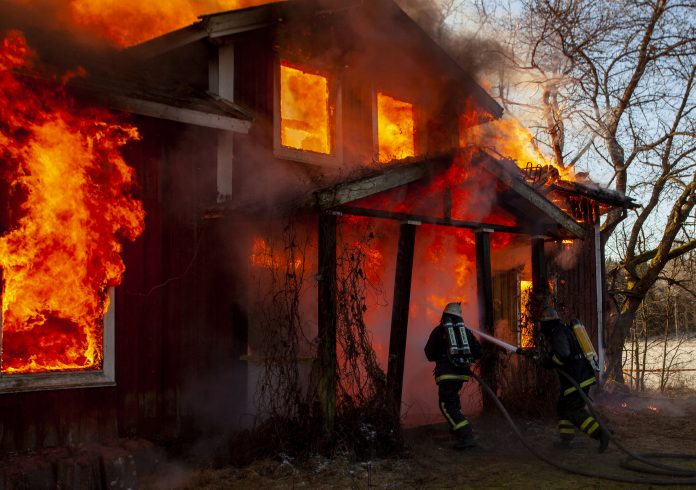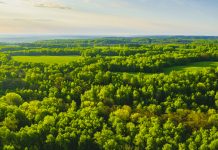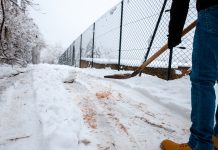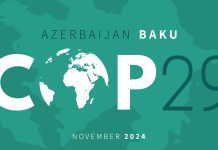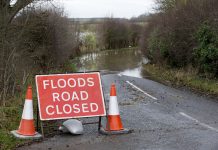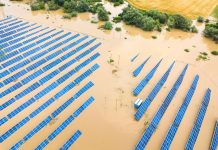Scientists looked at calculations of how dry the air could become throughout the 21st century – it seems that wildfires in California and Nevada are predicted to increase in ferocity
The wildfires that destroy livelihoods in Western America are a terrible, recurring natural disaster. At this point in November, the wildfires have cost the country 46 deaths and $2.7 billion. The season of wildfires is not over, with 1000 people in Nevada forced to evacuate on Tuesday due to a sudden fire that entered a residential neighbourhood. November is an increasingly dry month, an ominous and anxious one for those who live in the path of ‘megafires’ – which the U.S. Interagency Fire Center defines as a wildfire that burns more than 40,500 hectares (100,000 acres) of land.
Kristy Dahl, senior climate scientist at the Union of Concerned Scientists (UCS), wrote about the sinister normality of wildfires: “For my children, who have grown up in this state, it is normal to see ash raining down from metallic yellow skies in July. It is normal to have recess indoors because the air is unfit for little lungs.
“And while we seek out pristine forests for vacations, they see it as normal to drive through acres of blackened trees. Knowing that this is their normal, knowing that the future does not look much brighter gives me a sinking feeling in the pit of my stomach.”
‘Fires that can burn faster and hotter’
Lead author Dan McEvoy, PhD, Assistant Research Professor of Climatology at DRI, commented: “Higher evaporative demand during summer and autumn–peak fire season in the region – means faster drying of soil moisture and vegetation, and available fuels becoming more flammable, leading to fires that can burn faster and hotter.”
The Desert Research Institute (DRI) investigated the ongoing situation in California and Nevada, assessing how dry the air is via evaporate demand. They looked at how three-year droughts and extreme fire danger might be impacted by the dryness of the air, using information from the Evaporative Demand Drought Index (EDDI) and the Standardized Precipitation Evapotranspiration Index (SPEI).
According to them, extreme fire danger is going to increase four to ten times by the end of the 21st century. This will happen in the Summer and Autumn. They also say that multi-year droughts, which have hit California and Nevada from 2012-2016, will increase by three to 15 times.
Internally displaced climate refugees in America?
Study authors say that the cumulative effects of increases in evaporative demand will stress native ecosystems, increase fire danger, negatively impact agriculture where water demands cannot be met, and exacerbate impacts to society during periods of prolonged dryness.
The research team warn that the overall impact will hit ecosystems hard, damage agricultural outputs and deeply impact the fabric of society. Mass displacement within the US due to ‘megafires’ could be a possibility, created internal refugees from the increasingly dry climate of the West. The California-Nevada Applications Program (CNAP) are going to go deeper into this work to find out exactly how policy-makers and resource managers need to plan, in order to survive what is coming.
“Increased evaporative demand with warming enables fuels to be drier for longer periods,” added coauthor John Abatzoglou, PhD, Associate Professor with the University of California, Merced.
“This is a recipe for more active fire seasons.”

